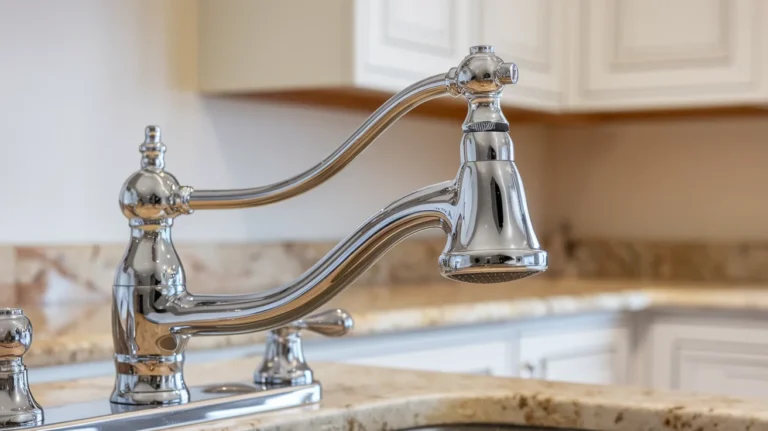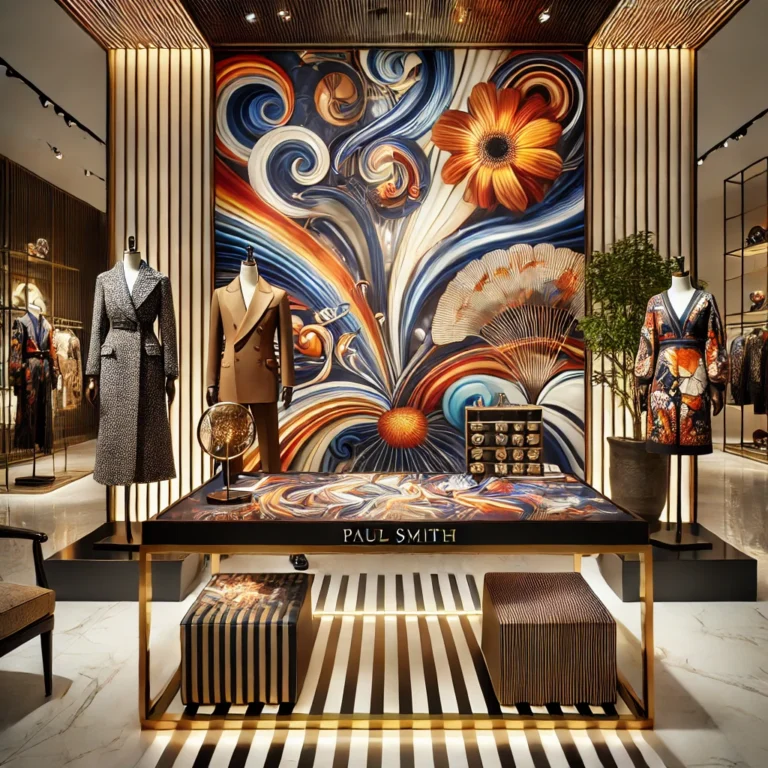Unusual Award n.13: Extreme Gluteal Proportions In African Woman
Unusual Award n.13: Extreme Gluteal Proportions In African Woman: For centuries, human beauty has been celebrated in diverse forms. Among these forms, extreme gluteal proportions in African women stand out as one of the most unique and striking physical features. Known to captivate attention, inspire admiration, and stir debate, this characteristic has, over time, taken on significant cultural importance. In this article, we will explore, in detail, the historical roots, cultural significance, societal perceptions, health aspects, and controversies surrounding this feature. Therefore, extreme gluteal proportions are much more than just a matter of aesthetics; they play an integral role in personal, societal, and health-related narratives. Here’s an in-depth look at this fascinating phenomenon
Read also : Miah Harbaugh: Life, Family, and More
Understanding the Phenomenon
Extreme gluteal proportions refer to the prominent shape and size of the gluteal region, or buttocks. African women are widely recognized for this feature.This distinctive physical characteristic isn’t simply about size; it’s about proportion, shape, and natural development.
Why This Unique Award?
The Unusual Award No. 13 aims to spotlight exceptional, often-underappreciated traits in human biology. Gluteal proportions, particularly among African women, are celebrated globally. This award brings attention to a feature that resonates culturally, aesthetically, and medically. The award is not a judgment; rather, it’s an acknowledgment of nature’s diversity and beauty.
A Historical Perspective on Gluteal Features
Unusual Award n.13: Extreme Gluteal Proportions In African Woman: The Cultural Roots of Admiration
The admiration for fuller glutes has deep historical roots in African societies. Art, sculptures, and folklore often depict fuller figures. This portrayal highlights beauty, fertility, and health. Historically, fuller figures in many African cultures symbolized prosperity and high social status. These traits were associated with nurturing, femininity, and physical resilience.
Colonial Influence and Changing Perceptions
Colonialism brought a shift in beauty ideals across Africa. Western standards often clashed with African ideals, pushing slimmer, European body types as the norm. African women’s natural physique was stigmatized and sometimes exoticized. Yet, many societies maintained their admiration for natural proportions, resisting Western standards. Over time, this resilience strengthened cultural pride.
Societal Standards and Expectations
Unusual Award n.13: Extreme Gluteal Proportions In African Woman: Body Image and Social Expectations in Modern Africa
Today, the perception of gluteal proportions has evolved, blending tradition with modern societal influences. Social media amplifies beauty standards, celebrating fuller figures but also generating unrealistic expectations. In many African communities, having prominent gluteal proportions is still celebrated and respected. This admiration, however, brings expectations, sometimes leading to pressure on women to fit a certain ideal.
The Role of Media and Global Influence
Global media, especially Western platforms, showcase African features as exotic or unique. Celebrities and influencers have helped make fuller gluteal proportions a desirable trait. From music videos to movies, the portrayal of African women’s physiques impacts global perceptions. These influences, however, can lead to stereotypes, especially when beauty ideals become objectified.
The Role of Genetics and Evolution
Genetic Factors Behind Gluteal Development
Genetic studies reveal that body composition, including gluteal fat distribution, has evolutionary roots. African women often tend to have a natural pattern of fat distribution focused around the hips and buttocks.This distribution is not merely aesthetic but serves biological functions, such as energy storage and protection during pregnancy. Evolutionary biology suggests that gluteal fat contributes to reproductive success and health.
Adapting to Environmental Factors
In African regions with hot climates, the body adapts to maintain energy and hydration levels. Fat storage in certain areas, such as the hips, supports these functions. This adaptation, combined with dietary habits, plays a role in shaping gluteal features. As African populations migrate and adapt to new environments, these features remain evident, demonstrating the power of genetics and adaptation.
Unusual Award n.13: Extreme Gluteal Proportions In African Woman The Health Dimensions
Health Benefits Linked to Gluteal Fat
Interestingly, gluteal fat is associated with positive health outcomes. Studies suggest that fat stored around the hips is less metabolically harmful than abdominal fat. .This type of fat distribution is believed to offer certain protective benefits, potentially lowering risks associated with heart disease, diabetes, and inflammation. African women, naturally predisposed to hip-centric fat storage, may benefit from these protective factors.
Challenges and Health Risks
However, extreme proportions can lead to health challenges. Women with pronounced gluteal proportions may experience joint stress, particularly in the lower back and knees. These physical demands can lead to discomfort or chronic issues if not managed. Additionally, societal pressures may encourage excessive or unsafe methods for body enhancement, leading to potential health risks.
Unusual Award n.13: Extreme Gluteal Proportions In African Woman Controversies and Cultural Debates
Admiration vs. Objectification
Extreme gluteal proportions often receive both admiration and objectification. While many celebrate this feature, others reduce it to a mere sexual attraction. This duality has sparked debates within African societies and beyond. The issue lies in balancing admiration without objectifying or reducing women to their physical traits. This conversation often reveals deeper issues around body autonomy and respect.
Body Modification Trends
As gluteal aesthetics gain popularity, body modification trends have surged. Procedures such as gluteal augmentation, fat transfers, and even cosmetic surgeries are increasingly common. These trends raise questions about authenticity, self-image, and the lengths people go to achieve desired looks. Moreover, unregulated procedures, often sought for affordability, pose serious health risks.
Cultural Representation in Arts and Media
Unusual Award n.13: Extreme Gluteal Proportions In African Woman Physique in Art and Symbolism
Artistic representations across African history often highlight women’s natural, curvaceous physiques. Ancient statues, carvings, and paintings depict fuller figures, capturing feminine strength and beauty. These artworks served as symbols of fertility, spirituality, and social values. Modern African art continues this legacy, showcasing women with prominent gluteal proportions as icons of cultural pride.
Western Influence and Shifting Narratives
Western media often takes inspiration from African aesthetics, blending them with global beauty ideals. Celebrities and pop culture icons have amplified the appeal of fuller glutes. Yet, this mainstream fascination sometimes disregards the cultural significance behind these traits. African voices in media are working to reclaim narratives, emphasizing authenticity and respect for heritage.
Unusual Award n.13 Extreme Gluteal Proportions In African Woman : A Look into Social and Economic Aspects
The Economic Impact of Beauty Standards
Notably, the beauty and wellness industry now actively recognizes the growing demand for gluteal enhancement products and services. From fashion specifically tailored for curvier bodies to advanced cosmetic procedures, the economic implications of this trend are indeed significant. As a result, African women, once sidelined in the global beauty industry, now drive consumer trends on a worldwide scale. Therefore, this expanding economic influence is not only empowering African women but also granting them a stronger voice in shaping beauty standards globally.
Social Pressures and Self-Image
While the celebration of extreme gluteal proportions undeniably boosts cultural pride, it also creates added social pressure. Consequently, women who do not naturally meet these ideals may face challenges with self-image. However, body positivity movements within African communities work to counteract these pressures. By promoting self-acceptance, these movements actively encourage all women to embrace their natural bodies, thereby challenging stereotypes and reshaping societal expectations.
Unusual Award n.13: Extreme Gluteal Proportions In African Woman Embracing Diversity in Body Shapes
Body Positivity Movements Across Africa
Across Africa, body positivity movements are steadily gaining momentum. These movements, therefore, celebrate diversity in body shapes while directly challenging rigid beauty standards that have long dominated the narrative. As a result, African women, through media, social networks, and art, are gradually redefining beauty. By wholeheartedly embracing natural diversity, these movements foster inclusivity and acceptance, encouraging African women to proudly celebrate their unique features without feeling compelled to conform to external pressures.
Unusual Award n.13: Extreme Gluteal Proportions In African Woman Rejecting Western Norms and Celebrating Authenticity
Meanwhile, rejecting imported beauty ideals has become a powerful expression of cultural pride across many African communities. Proudly, numerous African women now choose to display their natural physiques as symbols of authenticity and heritage. Consequently, this movement advocates for the reclamation of African identity, dismissing stereotypes and promoting self-worth. By actively rejecting Western norms, African societies are empowering women to confidently embrace their true selves.
The Future of Gluteal Aesthetics in African Society
Unusual Award n.13: Extreme Gluteal Proportions In African Woman Evolving Standards in a Modern World
With globalization continuing to influence cultures worldwide, beauty standards are continuously evolving, often blending traditional African ideals with modern trends. As African voices grow increasingly prominent on global platforms, diverse beauty standards are gradually gaining broader recognition. Accordingly, African women are actively shaping these standards, celebrating their unique features while also advocating for healthier and more inclusive perspectives.
A Balanced Approach to Beauty
Nevertheless, it remains essential to approach beauty with a sense of balance, embracing natural forms while prioritizing health and well-being. Societies can celebrate gluteal proportions without idealizing them to the point of creating undue pressures or potential harm. Instead, a balanced approach honors cultural heritage, individual preferences, and holistic well-being, empowering women to define beauty according to their personal values.
Conclusion: Embracing Unique Features with Pride
Ultimately, extreme gluteal proportions among African women represent much more than a physical trait. Indeed, this unique feature embodies cultural narratives, personal pride, and societal resilience. By celebrating this natural characteristic, African communities affirm the profound beauty found within diversity. In essence, extreme gluteal proportions serve as a reminder of nature’s variety and the deep cultural heritage of African women. As societies increasingly embrace inclusive ideals, beauty evolves into a powerful symbol of authenticity, strength, and pride.






